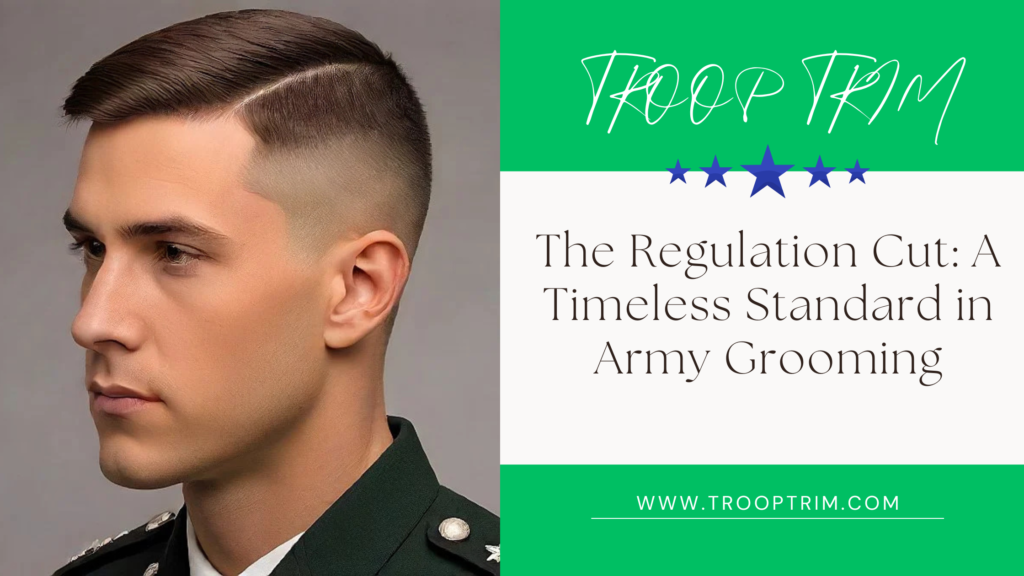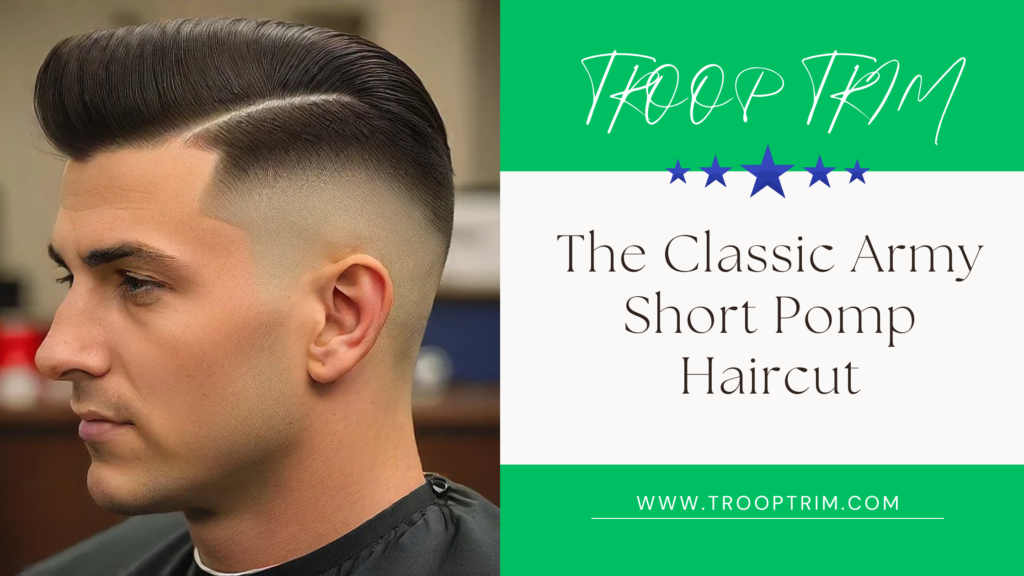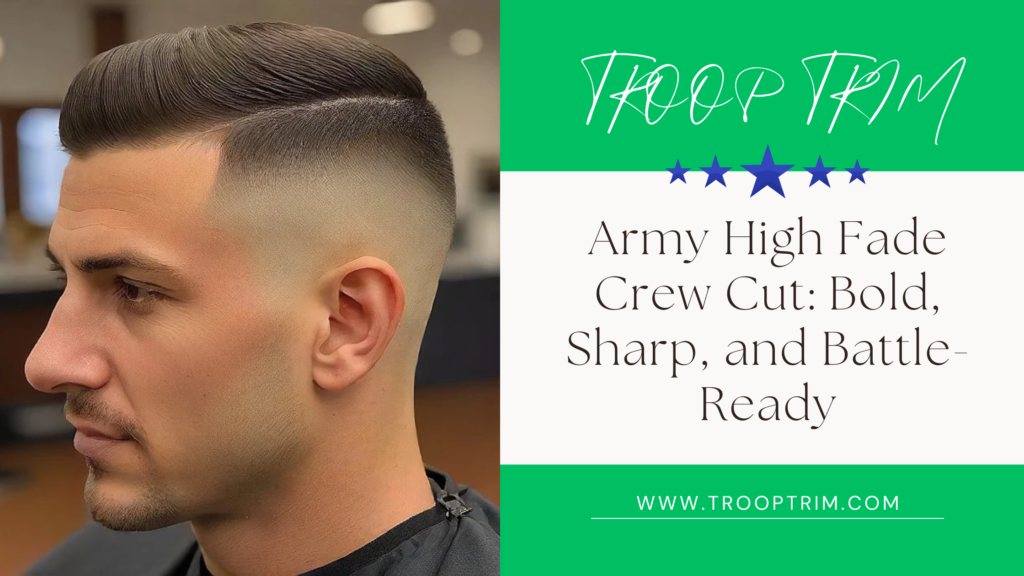Table of Contents
Introduction
The Regulation Cut Army is the standard haircut policy of the United States military. This policy requires that male service members keep their hair short and hair cannot be longer than the ears or the collar. The military haircuts that many recruits get are the first statutory haircuts, also known as the regulation cut.
Regulation Cut History
The tradition of military haircuts also has a long history: short haircuts were worn for hygiene purposes to eliminate lice spread as well as serve as symbolic unification and obedience representations. In the twentieth century, hair length regulations were enforced in all branches of the United States armed forces. While the specifics of the regulation differ from service branch to service branch, the basic tenet is the same; short hair.
Years on, the aptly named regulation cut has come to epitomize America’s armed forces in different parts of the globe. A recruit is marked with his or her first shave upon enrollment into militarized basic training to conform to military standards. Veterans mostly prefer to have short hair because they have always had that haircut for as long as they served in the Military services.
Purpose and Rules
This regulation cut plays far more functions than simply the one of maintaining tradition. Short hair causes no problem with the proper headdress worn on uniforms. This also protects it from getting entangled with equipment and weapons that?? dispositif it rencontre the fighting. Due to safety concerns, length of hair cannot be allowed where there are combat responsibilities especially where guns are involved.
Every branch has its length limitations set. For instance, the Marine Corps requires them to use scissors that do not measure beyond 3 inches in length and must taper to the skin on the sides and the back of the head. Other rules for hair length are prohibitive to styles that may compromise neatness such as sculptural or asymmetrical cuts.
But what some may regard as complicated hair rules are important to establish the smooth functioning of military formations. Approximately arrangements are given due to medical or religious purposes. In conclusion, the aesthetic fundamental regulation cut remains the culture’s representation of soldiers’ responsibilities.
Rating from the Initial Cut Experience
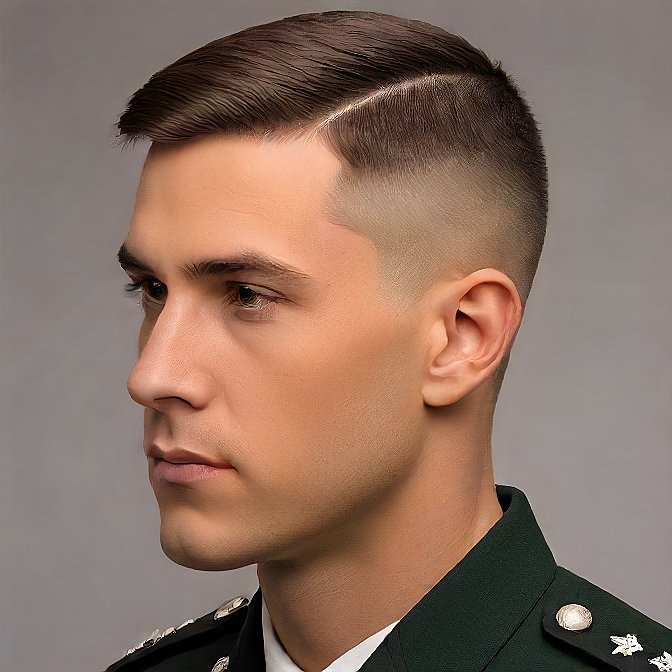
As far as new recruits are concerned nothing symbolizes the shock of entering the armed forces as much as getting their first regulation shave. Normally carried out on the first or the second day of basic training the initial shearing usually involves the removal of most or all the hair a recruit may be having.
Other barbers may shave the hair with hair clippers that have no guards removing sides and back hair and cutting the top hair to about one to two inches long. This first cut removes their flair and the civilian from the trainees. Group sharing sessions create unity and shared experience right down to the platoon level while erasing the identity visually.
The first two regulations also have mercantilist uses as well. Difficult to wash and requires frequent grooming, gets entangled with equipment usage and the proper wearing of uniform hats in niches such as basic training. Nevertheless, the extreme cuts also have psychological effects due to the physical alteration of the recruits in anticipation of further training.
Check Out: lite and Uncompromising: The High and Tight Fade Haircut for Modern Warriors.
Ongoing Regulation Cuts
Although the first shearing is symbolic, maintaining a regulation cut throughout a military career requires ongoing adjustment for military personnel. Proves the need to trim the cut length periodically to conform with specific requirements of allowable hair length. Sometimes to pass the body armor the soldier’s hair should not be more than one inch in length, some soldiers with longer hair length are recommended for immediate correction through shearing.
Their situation is especially vulnerable to regulation cut challenges if the sent service members are serving at remote field stations or combat areas. They are usually in the form of makeshift barbershops , in countries where they are stationed and other soldiers will cut hair. Even though the maintenance haircuts may appear simple, under special conditions, they could be shaved while no mirror is used, or even, the groomer only has razor knives and no clippers.
This means that for all service members it is about conforming to the military standard while maintaining the regulation cut of hair. Staying ‘on the nose’ when it comes to hair is just business as usual. In line with this thinking many veterans continue with cropped cuts even after they have left the military.
Cultural Importance and Issues
The representation of military haircuts in Hollywood films, photographs, and television shows have integrated military hair cuts into the cult of American popular culture. It acts as the militarism stimulus which identified the armed forces’ experience and in the regulation cut which stands for orderliness and compliance.
But, problems regarding excessively prescriptive military grooming standards have also emerged. Opponents claim it is a discriminative decision because such rules limit some hairstyles, such as dreadlocks, based on race or ethnicity. Criticisms have it that military hair policies do not respect the constitutional liberties of free speech.
In response, diverse branches have modified the guidelines with regards to hair length and additional permissible styles. The Navy recently approved locks and ponytails for women as well. Amid the core uniformity requirement in education, demands for inclusive policies mirror changes taking place in society in terms of diversity. Military fashion changes and the regulation cut develops with it.
Life After Service
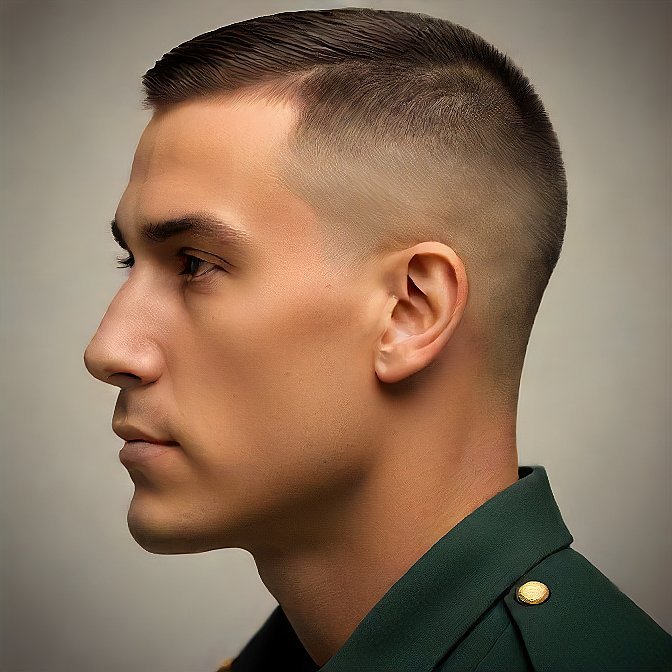
For those who extend their enlistments and have shorter hair, it can become quite natural to keep it short. Some choose to keep even the cropped regulation cuts when leaving their military careers behind as they get used to this iconic hairstyle.
However, others who joyfully anticipate their discharge will grow out hair, beards, or sideburns prohibited during their service. Postwar images may erase identities developed by the younger generations of veterans, which years of stern grooming oversight have compelled. Long, unshaven hair can serve as evidence of the received freedom since hair clippers or scissors cannot touch it.
Having been nurtured in the military environment, most of the veterans are Regimented, while at the same time enjoying their freedom in equal measure. Their regulation reduces them for eternity to their time serving a noble cause of duty and self-sacrifice. Of equal importance, growing out hair helps veterans to regain their identity. It reveals walking together over the border between the military past and the civilian future through the changing of hairstyles.
Conclusion
This hairstyle draws cut lines directly from the Naval and military into pop culture as well as comes with regulation length requirements for induction purposes, making it an effective means of embracing the culture of volunteerism into the world of sacrifice for the common good. Bald heads further other basic principles of conformity and obedience to duty to the supreme self. The seen cuts are reflected in the veterans long after leaving the service maintaining neat haircuts that depict the pride in the armed forces.
Styles, on the other hand, change with relatively small but steady progress over time but the cropped regulation cut remains an essential part of life in the military. It is a kind of initiation, a task that is performed now and forever and always a reminder of what is needed to fight for one’s country in uniform.
FAQs
What are the reasons behind military haircut regulation?
The first objective is coherence and median safety. It does not get entangled with equipment, can be worn under hats, reduces the spread of germs due to easy wash and blow drying, and maintains uniformity in look. Even though they seem rather strict, hair rules help maintain proper functioning at the workplace.
Are all veterans able to keep up a regulation cut after he left the service?
Some do because they have developed short hairstyles as they underwent their duties. However, some revel in discharge by allowing their restricted hair, beards, and sideburns to grow out. The majority of the veterans are in between military discipleship and civilian liberty.
How close to the scalp are the first military recruit shaving?
Conventional hair cuts, such as marines’ “3-0” shearing, shave nearly all the hair with clippers that have no guard. This dehumanizes while giving an unpleasant overpowering experience to boot camp culture. Subsequent maintenance cuts continue to observe rigorous점신 duration mechanisms.

